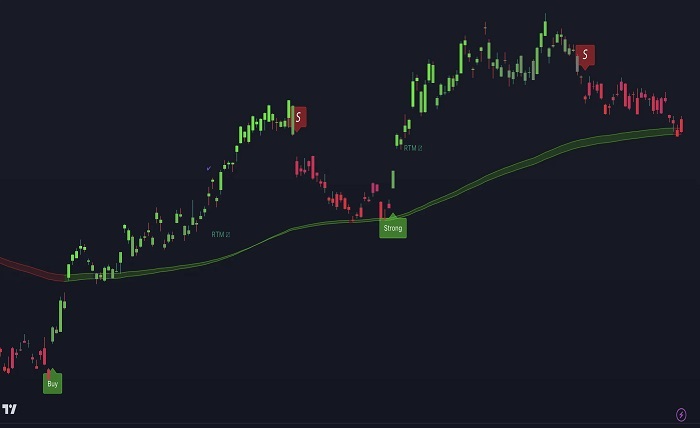Navigating the World of StockCharts: A Beginner’s Guide

Introduction
StockCharts is an invaluable tool for anyone involved in the stock market. Whether you’re a seasoned investor or just starting out, understanding how to effectively use StockCharts can significantly enhance your trading decisions. This guide will walk you through the basics and show you how to leverage StockCharts for maximum benefit.
What Are StockCharts?
StockCharts are visual representations of stock market data. They are essential tools for technical analysts and traders to assess market conditions and trends. By using StockCharts, traders can visualize price movements, volumes, and other important market indicators over various time frames.
Key Features of StockCharts
StockCharts offers a plethora of features designed to aid in market analysis. These include a variety of chart types, like line charts, bar charts, and candlestick charts, each providing different insights. Additionally, StockCharts allows users to apply technical indicators and overlays, such as moving averages or RSI, to further analyze stock performance.
How to Read StockCharts
Reading StockCharts effectively requires an understanding of chart elements. The x-axis typically represents time, while the y-axis shows price levels. Candlestick charts, popular on StockCharts, offer information about the opening, high, low, and closing prices of stocks within a specific period. Learning to interpret these elements is crucial for making informed trading decisions.
Using StockCharts to Identify Trends
One of the primary uses of StockCharts is to identify market trends. By analyzing the patterns and formations in StockCharts, traders can spot potential upward or downward trends in stock prices. Recognizing these trends early can be the key to successful trading.
StockCharts and Technical Analysis
Technical analysis involves predicting future price movements based on historical data, primarily through tools like StockCharts. Traders use StockCharts to apply various technical indicators, such as MACD or Fibonacci retracements, to forecast market behavior and validate their trading strategies.
The Benefits of Using StockCharts
Utilizing StockCharts has numerous benefits. It helps traders make quicker, more informed decisions by providing a clear visualization of stock behavior. Furthermore, StockCharts can be customized to match the user’s trading style and preferences, making it a versatile tool in a trader’s arsenal.
Common Pitfalls When Using StockCharts
While StockCharts is a powerful tool, it’s important to be aware of common pitfalls. Over-reliance on StockCharts without considering fundamental analysis or market context can lead to misinformed decisions. Additionally, information overload from too many indicators can confuse rather than clarify trading choices.
Integrating StockCharts Into Your Trading Strategy
To effectively integrate StockCharts into your trading strategy, start by selecting a few key indicators that align with your trading philosophy. Consistently use these tools on StockCharts to analyze and track market conditions. This consistency will help you gain confidence and refine your trading decisions over time.
Advanced Techniques in StockCharts
For those looking to deepen their understanding of StockCharts, exploring advanced techniques like Elliott Wave Theory or advanced chart patterns can be beneficial. These techniques offer deeper insights into market dynamics and can enhance your predictive accuracy.
Conclusion
finviz is an essential tool for any trader aiming to succeed in the stock market. By understanding and utilizing the various features and techniques available in StockCharts, traders can enhance their market analysis and improve their trading outcomes. Always remember, effective use of StockCharts combines both technical and fundamental analysis to achieve the best results.
(FAQ)
1. How often should I check StockCharts? The frequency depends on your trading style. Day traders may check StockCharts multiple times a day, whereas long-term investors might do so less frequently.
2. Are there any costs associated with using StockCharts? Yes, while basic features on StockCharts might be free, more advanced features and detailed data often require a subscription.
3. Can StockCharts predict stock prices? No tool can predict stock prices with certainty, but StockCharts can help identify trends and potential price movements.
4. What is the best StockCharts indicator for beginners? Simple moving averages are a great starting point for beginners on StockCharts due to their ease of understanding and effectiveness.
5. How can I learn to use StockCharts more effectively? Practice is key. Utilize tutorials, webinars, and other educational resources provided by StockCharts to become more proficient.




